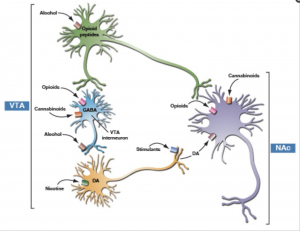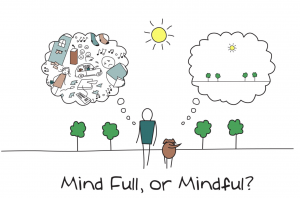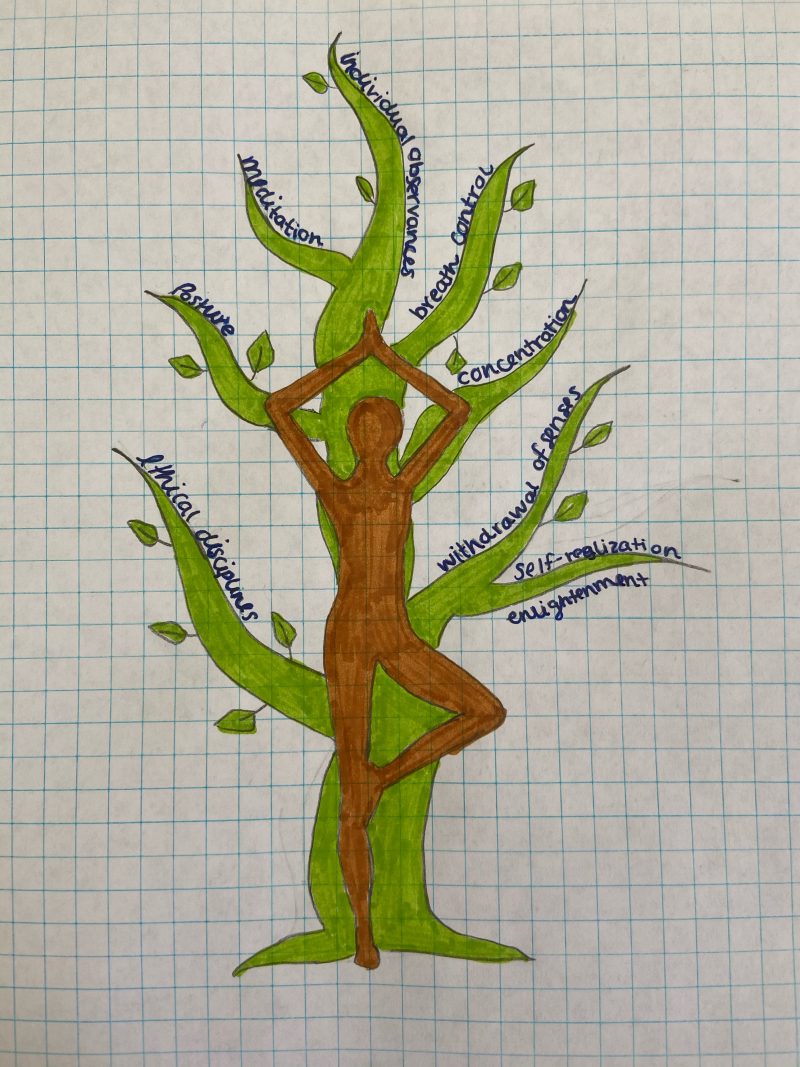Western v Nonwestern Treatments
A common theme seen in Western medicine is prescribing and occasionally over prescribing pharmaceuticals to anyone with any sort of condition. Sometimes used as a co treatment with counseling or therapy medicinal drugs can be prescribed to help people who have addictions to other harmful substances. For those with substance abuse problems with alcohol they can be treated with Naltrexone, Acamprosate, or Disulfiram. For opioid addictions treatment medicines include Methadone, buprenorphine, or naltrexone. For other illicit drug addictions medicinal treatments include benzodiazepines, or Clonidine. All of these medications are supposed to support with relapse and withdrawal symptoms, but with taking any medication, there comes along side many diverse side effects. Although, in other cultures, it is more common to try to treat addictions or disorders with non medicinal ways. For instance, the Hindu practice of Ashtang yoga in combination with the act of mindfulness meditation have been shown in clinical trials to reduce the craving a drug and decrease stress related relapse. If there is any possibility of replacing medicinal treatments with a non-medicinal treatment, it may be worth looking into, especially in the case of addiction.
Addictions and the brain
When a person consistently abuses a drug to the point of addiction, the brain is experiencing a multitude of changes morphologically and chemically. Drug exposure can induce synaptic plasticity that would not normally occur in the brain of a person not addicted to drugs. The changes often times occur in the brain’s dopamine reward system pathway: activation of the Nucleus Accumbens by the Ventral Tegmental Area. When these neural cells are stimulated, they can send a  cascade of events that lead to gene transcription caused by CREB or delta-FosB. Through this cascade of events leading to gene transcription, neurons can become altered whether that be in size or shape, or even in the amount of receptors that are found on the synapse. These changes are what lead to the effects of addiction: sensitization, compulsive drug-seeking, loss of control, reward, dependence, withdrawal, tolerance, and relapse.
cascade of events that lead to gene transcription caused by CREB or delta-FosB. Through this cascade of events leading to gene transcription, neurons can become altered whether that be in size or shape, or even in the amount of receptors that are found on the synapse. These changes are what lead to the effects of addiction: sensitization, compulsive drug-seeking, loss of control, reward, dependence, withdrawal, tolerance, and relapse.
Ashtang yoga and mindfulness meditation; what it entails
Ashtang yoga is a practice that was created in the second century BC by Hindus and focuses on the ethical principles of living. These principles are known as the eight limbs. The eight limbs include ethical disciplines, individual observances, posture, breath control, withdrawal of senses, concentration, meditation, and self-realization or enlightenment. This is quite different than the act of yoga through a western lens which usually only includes using postures or meditation to get a work out in or have some quiet time. When yoga and meditation are used as a  therapy or treatment for addiction, it practices focused attention and open monitoring. Here a person can clear their mind by starting on focusing on specific thing ie. their breathing, but then they can work into the awareness of their mental and begin to reflect back on the process or on their quality of life. This also includes Mindfulness-based Interventions (MBIs). MBIs are diverse programs that can help with getting over addictions, halting cravings, and negative side effects of quitting. The programs are often times multi-week programs that are group based. The idea is that after completing the program, there will be biological changes in one’s brain. These changes have been clinically shown to include amplifying the activation of the prefrontal cortex, decreasing limbic system activation, increasing frontostriatal connection, and improving autonomic regulation. With all of these changes comes addiction changes as well: decreased drug craving, reduced substance use, enhanced well being, and decreased stress correlated relapse. While this form of treatment may not directly change the brain on the molecular level like some pharmaceutical treatments can, with time and practice the addiction caused morphological changes in synaptic plasticity and connectivity can return to a state of normal and allow people to start their life over and leave drug addictions in their past.
therapy or treatment for addiction, it practices focused attention and open monitoring. Here a person can clear their mind by starting on focusing on specific thing ie. their breathing, but then they can work into the awareness of their mental and begin to reflect back on the process or on their quality of life. This also includes Mindfulness-based Interventions (MBIs). MBIs are diverse programs that can help with getting over addictions, halting cravings, and negative side effects of quitting. The programs are often times multi-week programs that are group based. The idea is that after completing the program, there will be biological changes in one’s brain. These changes have been clinically shown to include amplifying the activation of the prefrontal cortex, decreasing limbic system activation, increasing frontostriatal connection, and improving autonomic regulation. With all of these changes comes addiction changes as well: decreased drug craving, reduced substance use, enhanced well being, and decreased stress correlated relapse. While this form of treatment may not directly change the brain on the molecular level like some pharmaceutical treatments can, with time and practice the addiction caused morphological changes in synaptic plasticity and connectivity can return to a state of normal and allow people to start their life over and leave drug addictions in their past.
Curing one’s addictions can only start when a person is completely motivated to change their lifestyle. Every treatment for substance abusers is unique and depends on a multitude of variables, but if a person is completely motivated and ready to change their life, they may want to consider trying mindfulness meditation as a non-pharmaceutical way to help alleviate the struggles of withdrawal and cravings.
